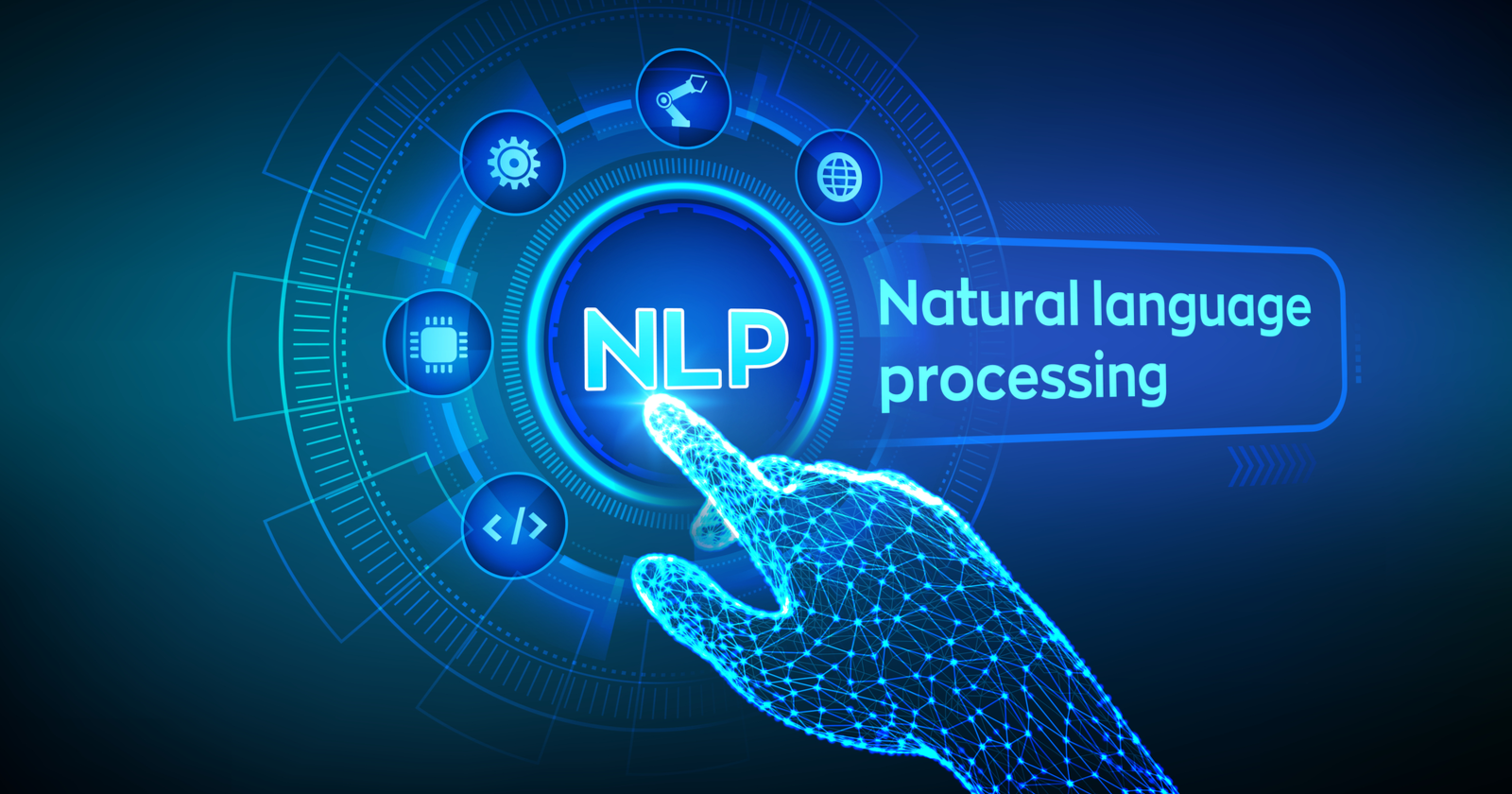
The exciting and rapidly developing field of artificial intelligence known as natural language processing, or NLP. It is the capacity of computer systems to interpret, comprehend, and produce human language. Technologies like sentiment analysis, speech recognition, automatic translation, and text generation are all powered by NLP. NLP can seem like a difficult field to comprehend for those who are new to it. However, anyone can understand the fundamentals and the significance of NLP with the proper introduction.
What Is Natural Language Processing?
Natural Language Processing (NLP) is the branch of artificial intelligence that deals with the use of natural language in communication between computers and people. Using NLP, computers can decode, comprehend, and infer meaning from human language.
Some of the major tasks accomplished using NLP include:
- Machine Translation: In order to do this, text must be translated from one language to another, such as from English to French or vice versa.
- Information Extraction: This is all about Finding relationships and key phrases in unstructured text. An illustration would be the extraction of places, times, people, and other entities from news articles or reports.
- Sentiment Analysis: This involves Determining the attitude, opinions and emotions of speakers or writers. For instance, analyzing product reviews to determine whether the opinions expressed are positive, negative or neutral.
- Text Summarization: In order to accomplish this, a longer text document must be condensed while maintaining its main ideas and significance. This helps you quickly process huge amounts of text data.
In short, NLP is the study of how to make computers understand, interpret, and manipulate human language. It combines linguistics, computer science, and machine learning. The ultimate objective is to enable fluid and natural interactions between people and computers. The modern digital experience is being shaped by innovations like machine translation, spam filters, predictive text, virtual assistants, and other technologies that are powered by NLP.
The History and Applications of NLP
NLP uses machine learning and computational linguistics to analyze, comprehend, and produce human language.
NLP’s earliest theories date back to the 1950s and 1960s, when researchers started speculating about the viability of computational linguistics and machine translation. Significant advancements were made in the 1990s and 2000s thanks to machine learning and statistical techniques. Many of the technologies we use on a daily basis today, including machine translation, virtual assistants, predictive text, and more, are powered by NLP.
Machine translation and virtual assistants are two important NLP applications. Through the use of software, machine translation enables cross-cultural communication between speakers of different languages. NLP is used by virtual assistants like Siri, Alexa, and Cortana to comprehend speech and text and respond to queries and orders.
Automated summarization of lengthy texts, sentiment analysis to identify opinions in online forums and customer reviews, and predictive text keyboards that suggest the next word as you type are additional applications of NLP. NLP has been firmly established in the technologies with which we deal every day.
As NLP research advances, systems will be able to comprehend language even better, creating opportunities for novel applications as well as vital concerns about bias and ethics in AI. NLP can be responsibly developed and used for the good of humanity with careful research and development.
Getting Started With NLP
The natural language processing (NLP) field has a number of key tools and libraries at its disposal. These serve as the basis for creating NLP models and applications.
- Natural Language Toolkit (NLTK)
One of the most well-liked Python NLP libraries is NLTK. For NLP tasks like text classification, tokenization, stemming, tagging, parsing, and semantic reasoning, it contains corpora, datasets, and tools. A good place to start learning about and developing NLP applications is with the NLTK.
- Caltech CoreNLP
A Java library called Stanford CoreNLP contains a wide range of NLP tools. It supports activities like coreference resolution, POS tagging, and NER. The Stanford CoreNLP for Python library, a Java API, or the command line are all ways to launch the CoreNLP tools. There are models for numerous languages.
- PyTorch and Keras
Deep learning libraries that can be used for NLP include PyTorch and Keras. They offer resources for creating and refining neural networks, which are necessary for a variety of NLP operations like sentiment analysis, question answering, and machine translation. While PyTorch is a framework developed by Facebook AI Research, Keras uses TensorFlow.
- SpaCy
Python users frequently use the SpaCy NLP library. With pre-trained models for jobs like named entity recognition, dependency parsing, and POS tagging, it is made to be quick and effective. In addition to offering an accessible API for creating your own models, SpaCy has models for many different languages. If you need an effective and reliable NLP solution, SpaCy is a good option.
Building unique NLP applications for various use cases is possible using these tools and libraries. As you gain experience working with various data sets and machine learning models, your natural language processing skills will improve over time. More precise and optimized NLP systems will result from ongoing learning and algorithmic improvement.
In summary, natural language processing has advanced significantly since its inception in the 1950s. With the quick development of machine learning and deep learning, computers are now more accurately able to understand, analyze, and produce human language. NLP has a wide range of useful applications, including automated content creation, machine translation, and virtual assistants. Despite the fact that human language is intricate and full of nuance, NLP tools and technologies continue to advance our understanding of what is possible. NLP appears to be positioned to become more and more integrated into the technologies we use on a daily basis thanks to a combination of computational power, massive datasets, and neural networks. NLP presents a fascinating and rapidly expanding field of study for those interested in the nexus between AI and human language.
